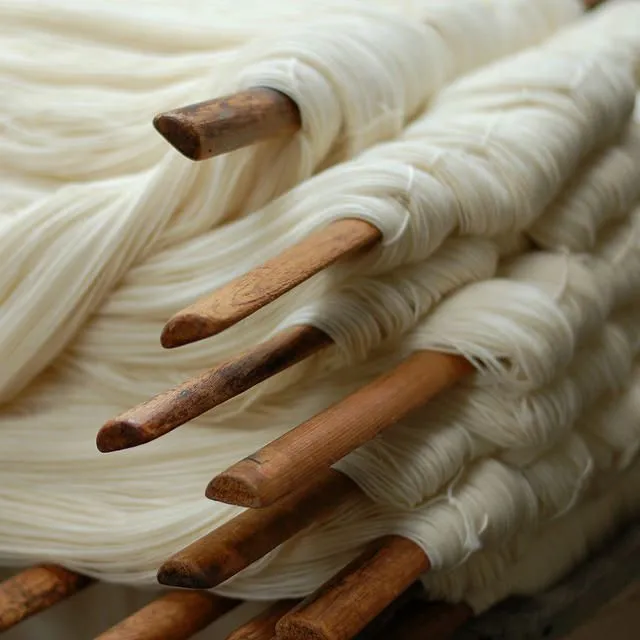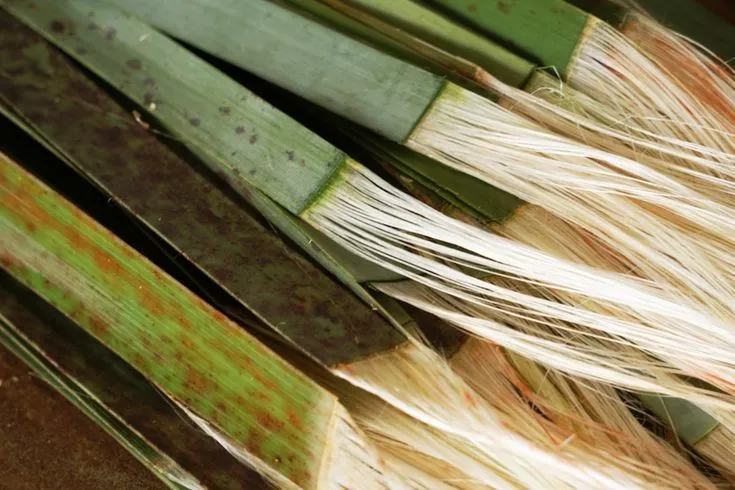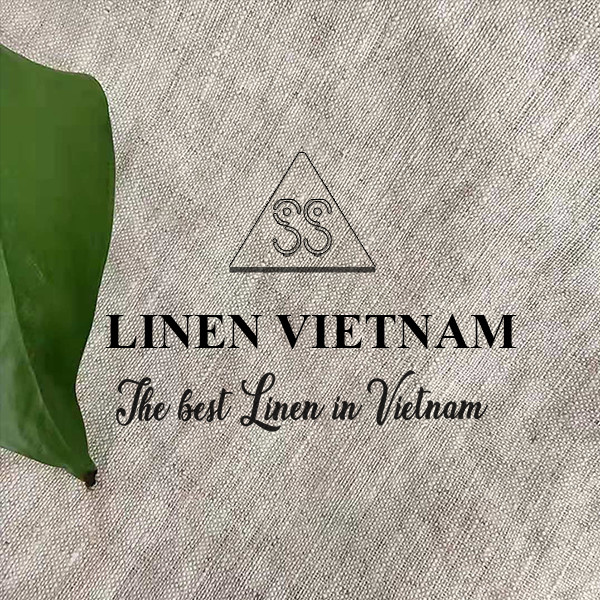Bài viết
LINEN SOFTENING TIPS: WHAT YOU NEED TO KNOW
Linen is becoming an increasingly popular choice in the interior design industry, especially for bedding. Not only is it durable and beautiful, linen also has an interesting feature: the more you use and wash it, the softer it becomes. So why does linen have this characteristic, and how to properly treat it to achieve the ultimate soft feel? Let’s find out with Linen Vietnam through the following article.
Table of Contents
Why is linen getting softer?
Linen comes from the flax plant, which is grown mainly in the “flax belt” regions of Europe such as Belgium, France and the Netherlands. The process of harvesting and treating flax contributes to the unique quality of this fabric. After the flax plant is uprooted and left to soak naturally in the fields for several weeks, the outer layer will disintegrate, revealing the fibers inside. These fibers are then mechanically processed to create linen fabric with a cool and sturdy texture.
The special thing about linen is that the fibers are made up of many cells linked together, instead of being single fibers like cotton. This structure makes linen more durable, less likely to tear or pill when used daily.
The role of pectin in softness
One of the factors that creates the softening properties of linen over time is pectin – a natural starch found in the flax fiber shell. Pectin makes newly produced fabric feel a bit stiff. After many washes, pectin will gradually dissolve in water, making linen softer and more comfortable after a long time of use.
Treating linen to achieve softness
Manufacturers today apply many methods to soften linen. Some brands use biodegradable enzymes to remove natural pectin in an environmentally friendly way, while others use chemical softeners to cover up the poor quality of the fabric. However, chemical softeners are not always sustainable, as they lose their effectiveness after a few washes, leaving the fabric rougher.
When handling linen products, avoid using regular fabric softeners as they can clog the pores in the linen fibres, reducing their ability to breathe and regulate temperature. Instead, you can use organic, environmentally friendly products such as enzyme detergents or pumice powder to make the washing process easier and help you preserve the quality of the fabric.
Washing and caring for linen
To keep linen soft and beautiful, it is important to wash it properly. You should wash linen in cold water about once a week. If you want to speed up the softening process, wash it more frequently in the first few weeks of use. After washing, let it air dry or use a dryer on low heat, then remove it while it is still slightly damp to finish drying.
Ironing linen also improves the texture, giving it a smoother feel to the touch. In addition, drying in a cool, airy space is the ideal way to maintain the natural softness of linen without using chemicals.
Outstanding characteristics of linen
In addition to its increasing softness, linen is also loved for its good absorbency and temperature regulation, helping you feel cool in the summer and warm in the winter. The simple yet luxurious appearance, combined with timeless durability, makes linen an ideal material for home products.
Linen care is not too complicated if you master the above notes. With meticulousness in each step of washing and preserving, you will maintain the natural beauty, soft feel and long life of the product.





